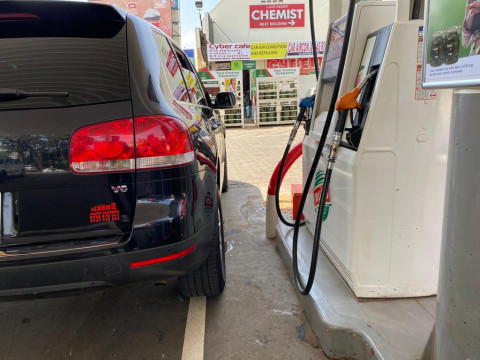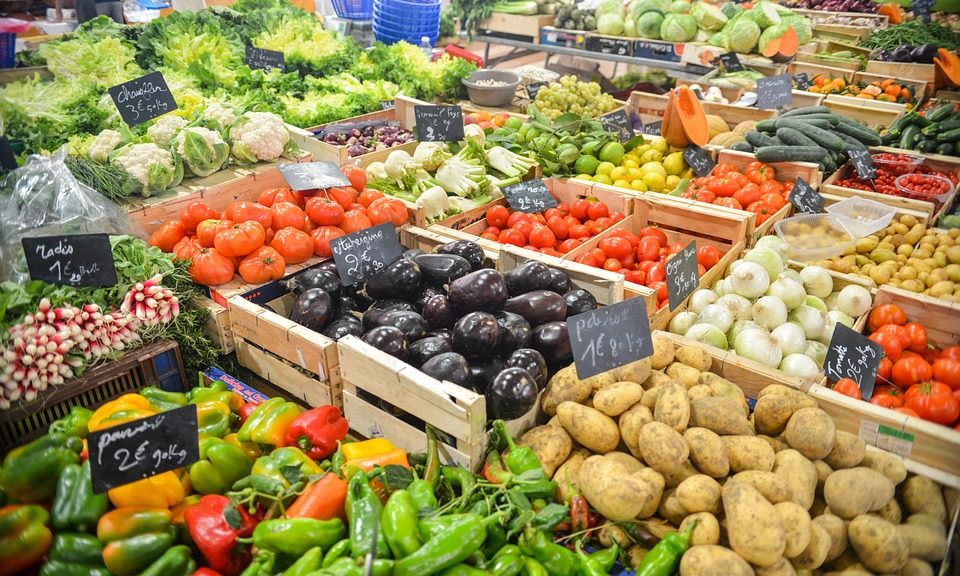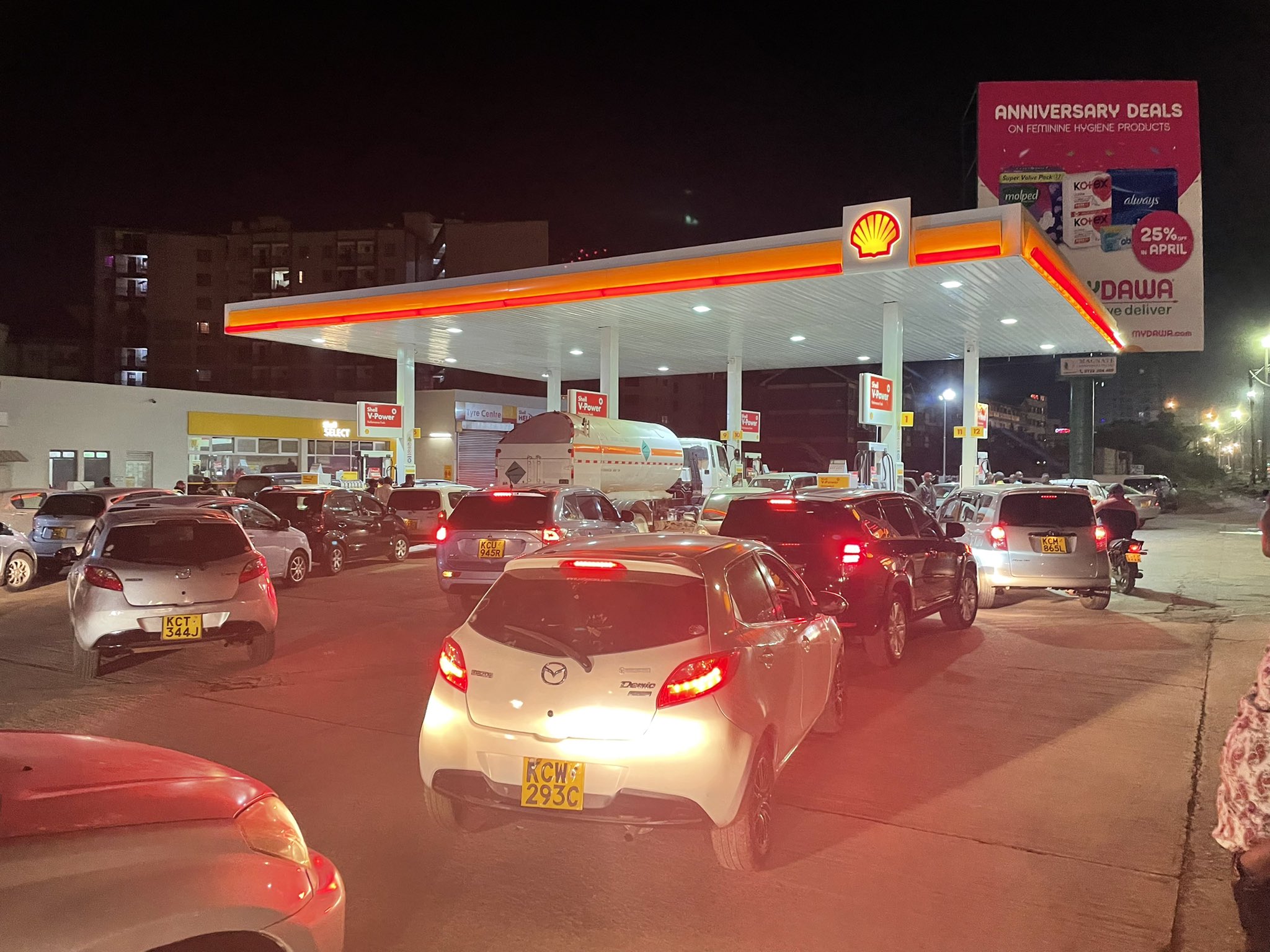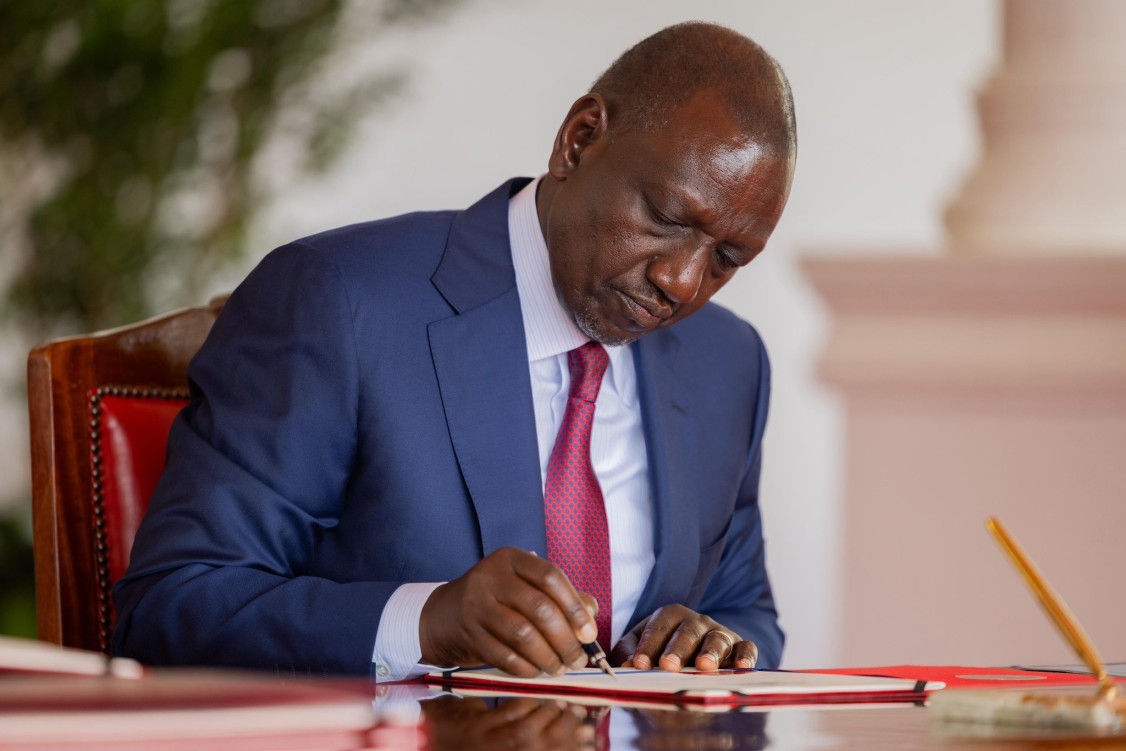By Stanley Muríu
On Tuesday, the Energy and Petroleum Regulatory Authority (EPRA) announced new retail prices at Sh159.12 for a litre of super petrol, Sh140.00 for a litre of diesel and Sh127.94 for a litre of kerosene in Nairobi.
These new pump prices as announced by EPRA have shot to historic highs, with a litre of both super petrol and diesel jumping by Sh9 while a litre of kerosene jumped by Sh24.43 signaling a further increase in the cost of basic goods and services.
According to EPRA, these new prices will be in force until July 14, will pile more pressure on households and motorists, given that diesel is a key determinant of the basket of goods and services used to measure inflation.
Producers of services such as electricity and manufactured goods usually factor in the higher cost of petroleum.
Read More
With the increased fuel prices, Kenyans are wondering what is the cause of the steady rise in pump prices.
In this article, I will explain how the current fuel price hikes have nothing to do with local factors.
Fuel prices are determined by three factors; landing costs, taxes and distributors’ mark up.
Although our taxes and the distributors’ markup have remained constant, the landing costs have been increasing steadily leading to high pump prices.

Before Russia invaded Ukraine on 24 February, 2022, Russia was supplying about 20 percent of oil the world consumed. When Russia is at war, it is unable to provide the normal shipments. The war has disrupted and shut down some shipping routes.
The situation was aggravated by sanctions against Russia. Sanctions meant that many countries could no longer buy majority of Russian crude oil and petroleum product imports, making the buyers chase limited supplies, creating upheavals in the international market unseen for the last 40 years.
Trade was cut off further when Russian companies have been cut off from the banking system (SWIFT) so they cannot operate normally in the market, further reducing the oil supply available in the market.
This has meant that the 20 percent supply from Russia can no longer reach the World, yet the demand for oil rises. Oil in its wholesale prices are set in deep and competitive markets.
The decreasing supply against a rising demand has meant all countries of the World have to do with insufficient supplies, raising the prices automatically.
When refineries start paying for more money on crude oil, the cost is passed on to the customer, at the pump in Petrol stations across the country.

In Kenya, the cost of the international crude oil prices is also affected by the US Dollar-Kenya shilling exchange rate.
With the exchange rate for the US dollar as high as Sh120, manufacturers importing smaller quantities of goods at a higher cost. This move that will likely add to the plight of consumers due to the shortage.
In addition, Kenya’s transport and industrial production, electricity generation and water provision rely on oil.
The price increase of crude oil means their cost of operations have gone up. The cost incurred is then passed to the customer through the goods you buy from the supermarket.
Kenya has implemented a maximum price cap which is set by the Energy and Petroleum Regulatory Authority every 14th day of the month for various towns and cities in Kenya.
Kenya has done this to prevent marketers raising the price of fuel in response to increases in international crude oil prices but not reversing them down when international prices fall.
EPRA in Kenya sets maximum pump prices.
The regulatory price has to take care of the international crude oil cost, exchange rate, transport, storage and the marketer’s margin.

Without the fund, the forces of demand and supply would push retail prices beyond the regulatory caps, making the business untenable for oil marketers.
Petrol prices are rising at the fastest rate in decades and energy bills have doubled in a year.
Normal supply into the international market will take time to ramp up, so countries will chase limited supplies, and may take decades to come back to normal.
Unfortunately, food, fuel and energy costs will continue to rise in Kenya and many other countries for a while.
The writer is a Digital Researcher and Analyst





-1745506328.jpeg)
-1745263711.jpg)


-1751972163.jpg)


